| Copper | Pyrite | Galena | Chalcopyrite | Specular Hematite |
 |
 |
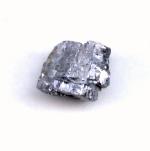 |
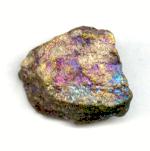 |
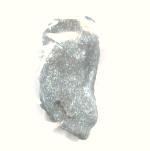 |
| Copper | Pyrite | Galena | Chalcopyrite | Specular Hematite |
 |
 |
 |
 |
 |
| Example | Luster |
| Hematite | Earthy (dull, gritty or soil-like) |
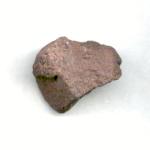 |
|
| Quartz | Vitreous (Glassy) |
 |
|
| Opal | Pearly |
 |
|
| Sphalerite | Resinous (Some resinous minerals might seem metallic at first, but look closely: their surfaces seem a little more like overly-tinted glass than like metals.) |
 |
|
| Talc | Greasy (These reflect light the way waxed paper does. Some minerals with a greasy luster, like talc, actually feel greasy, too.) |
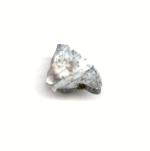 |
|
| Ulexite | Silky |
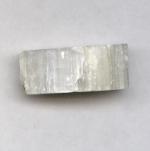 |
|
| Topaz | Adamantine (diamond-like) |
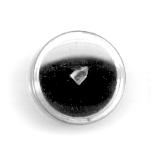 |